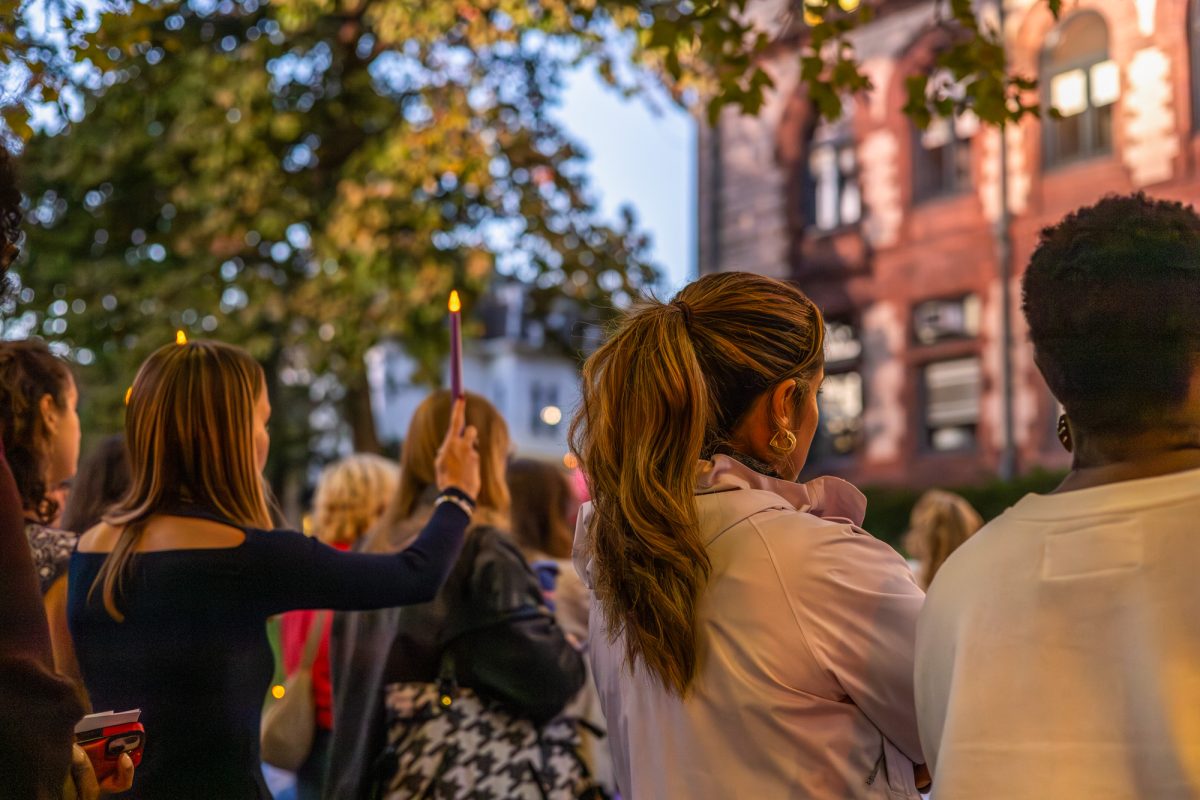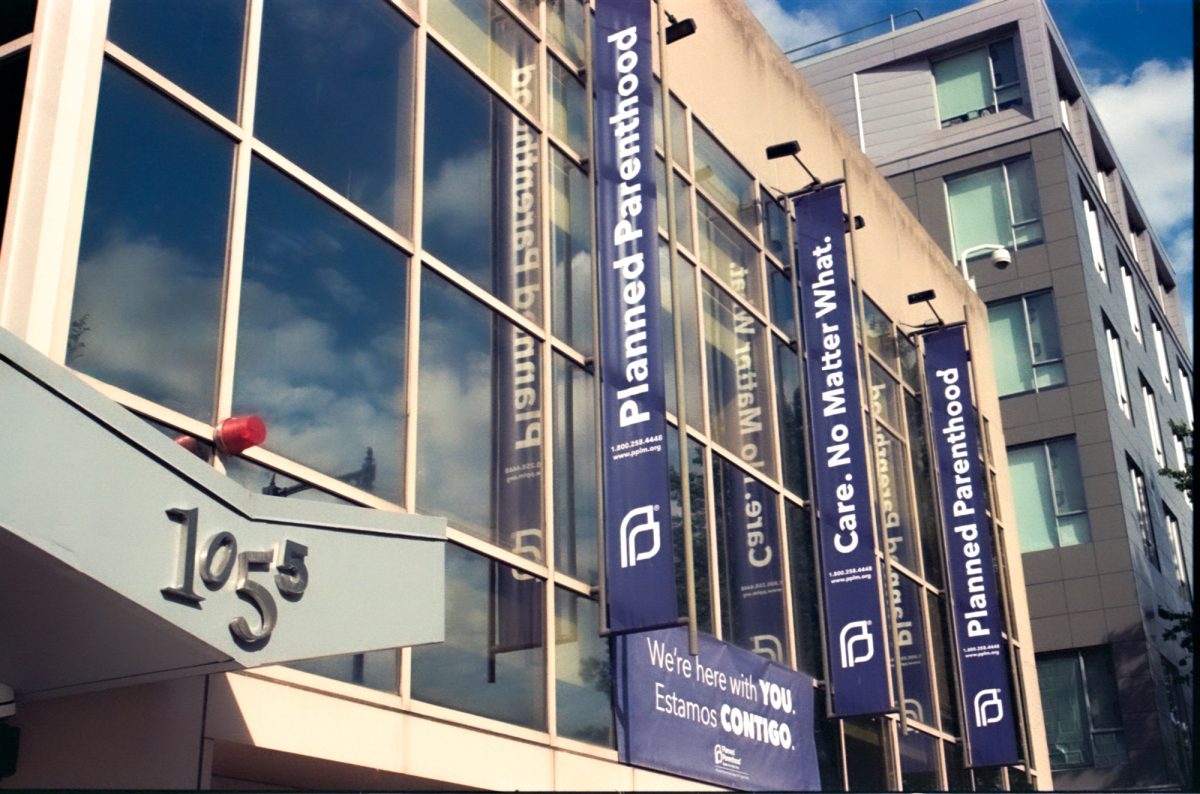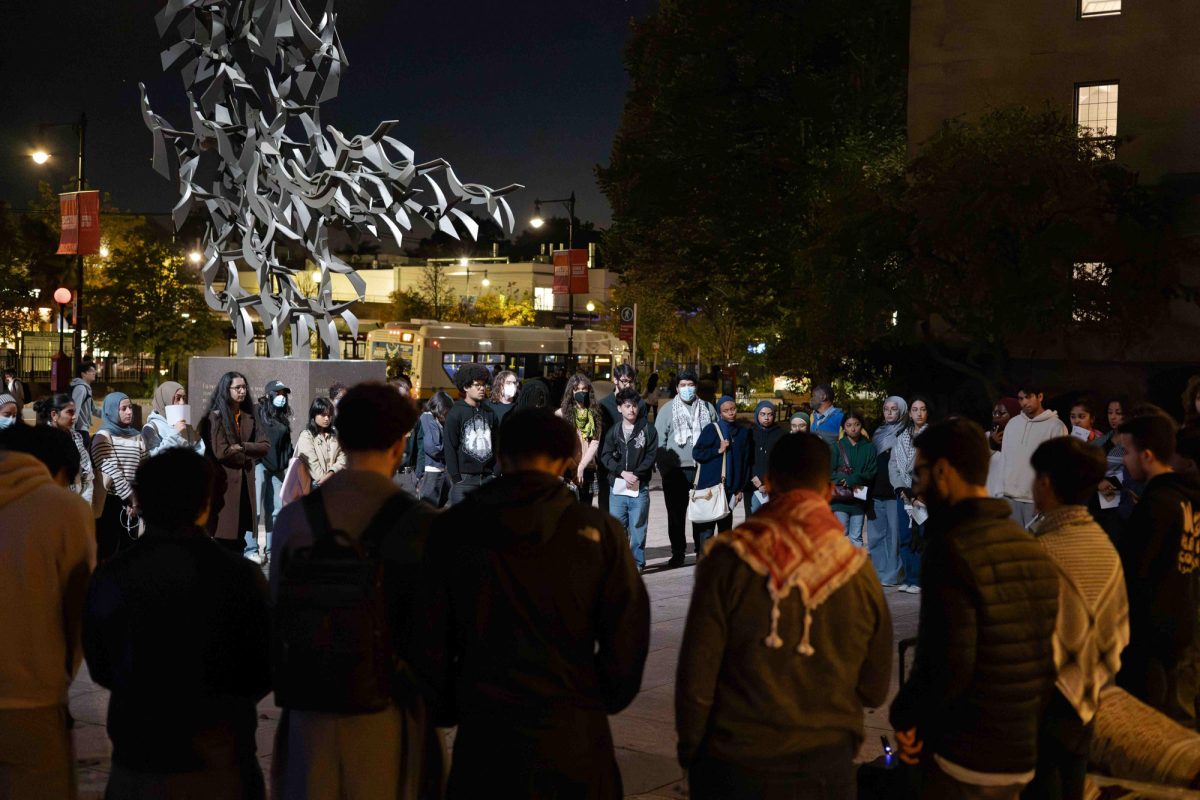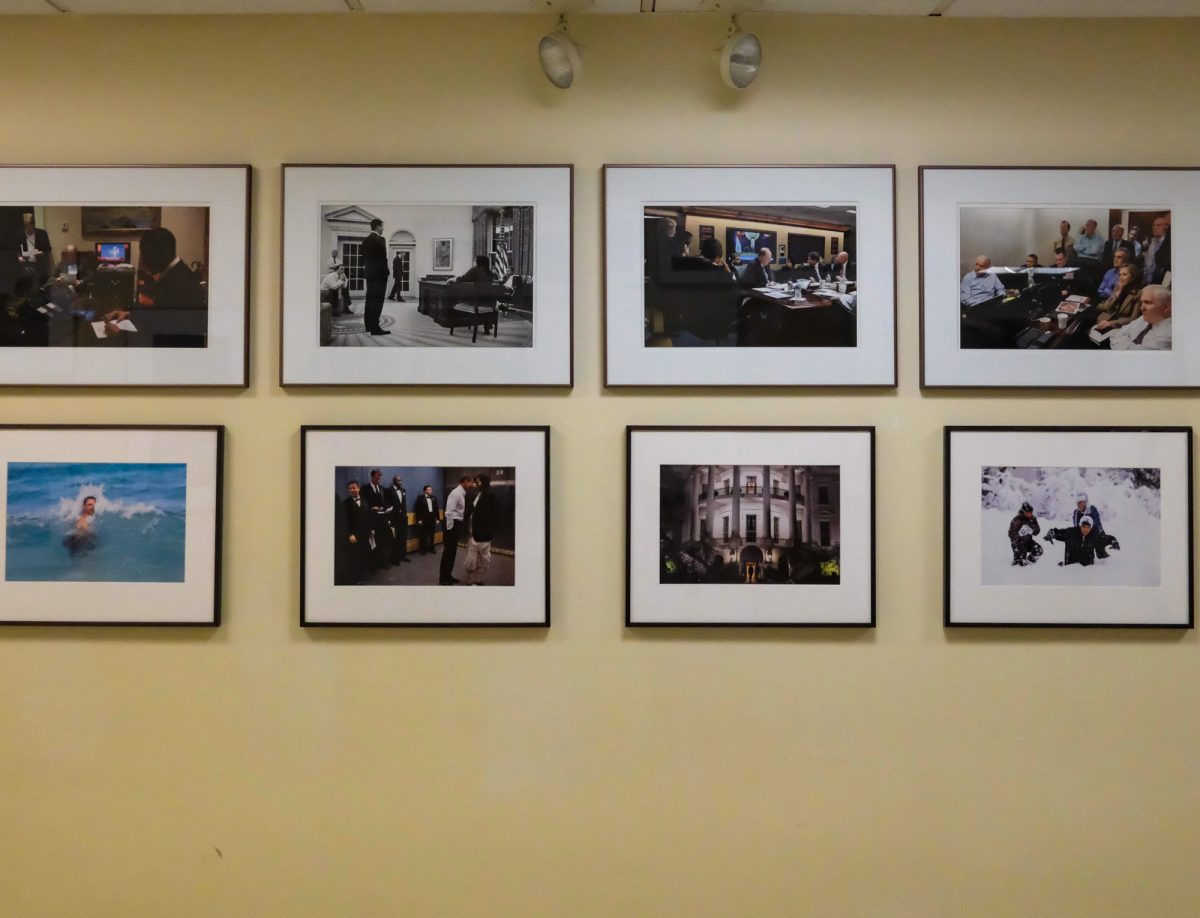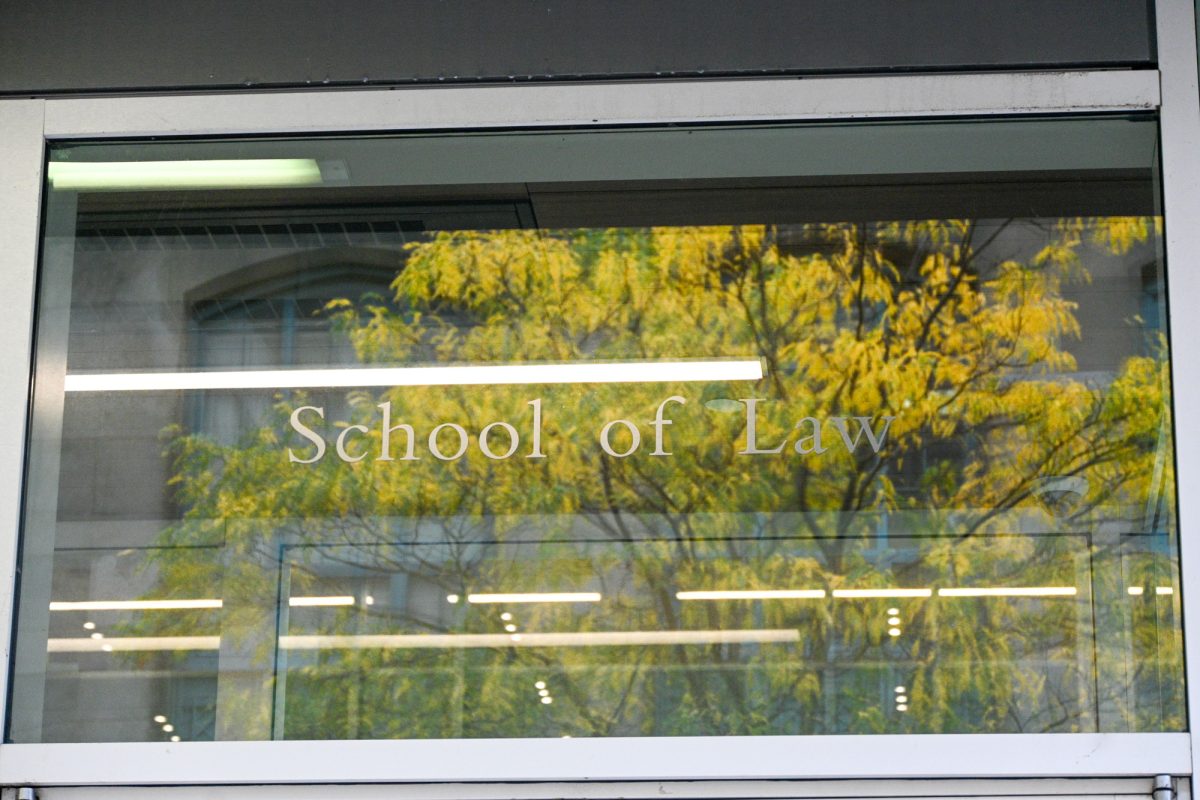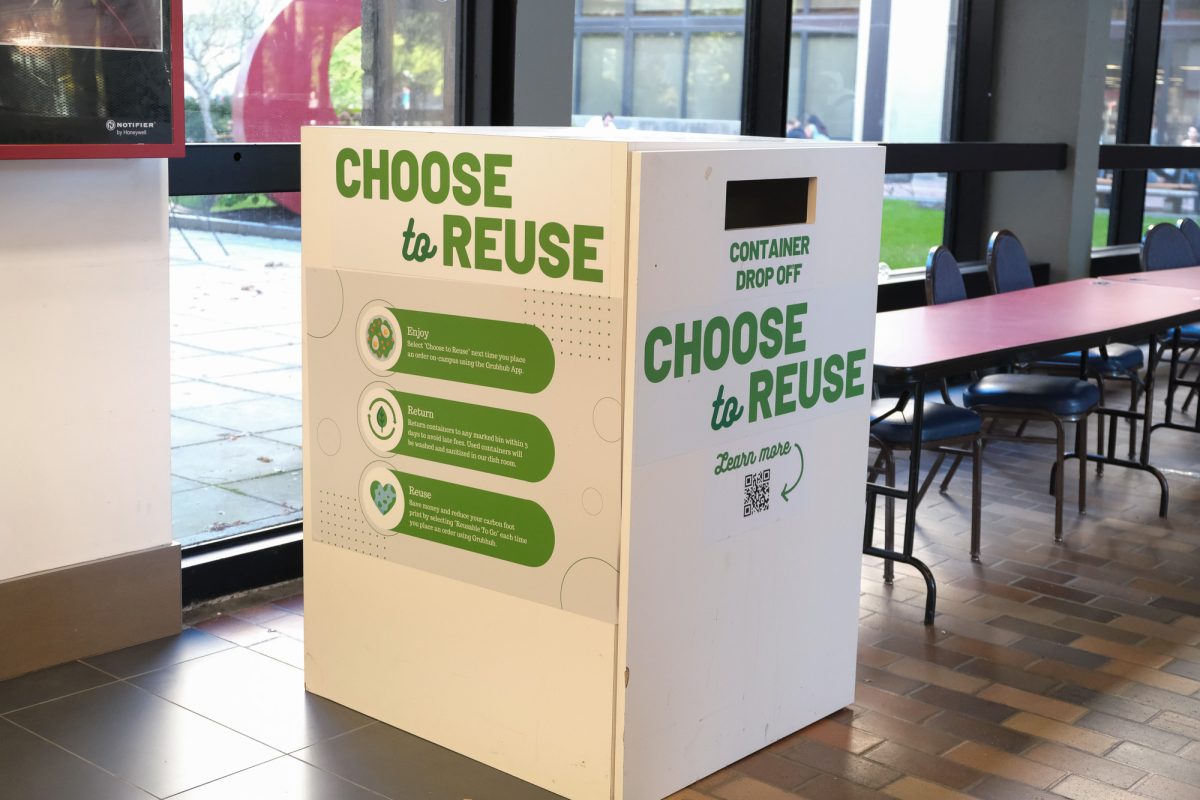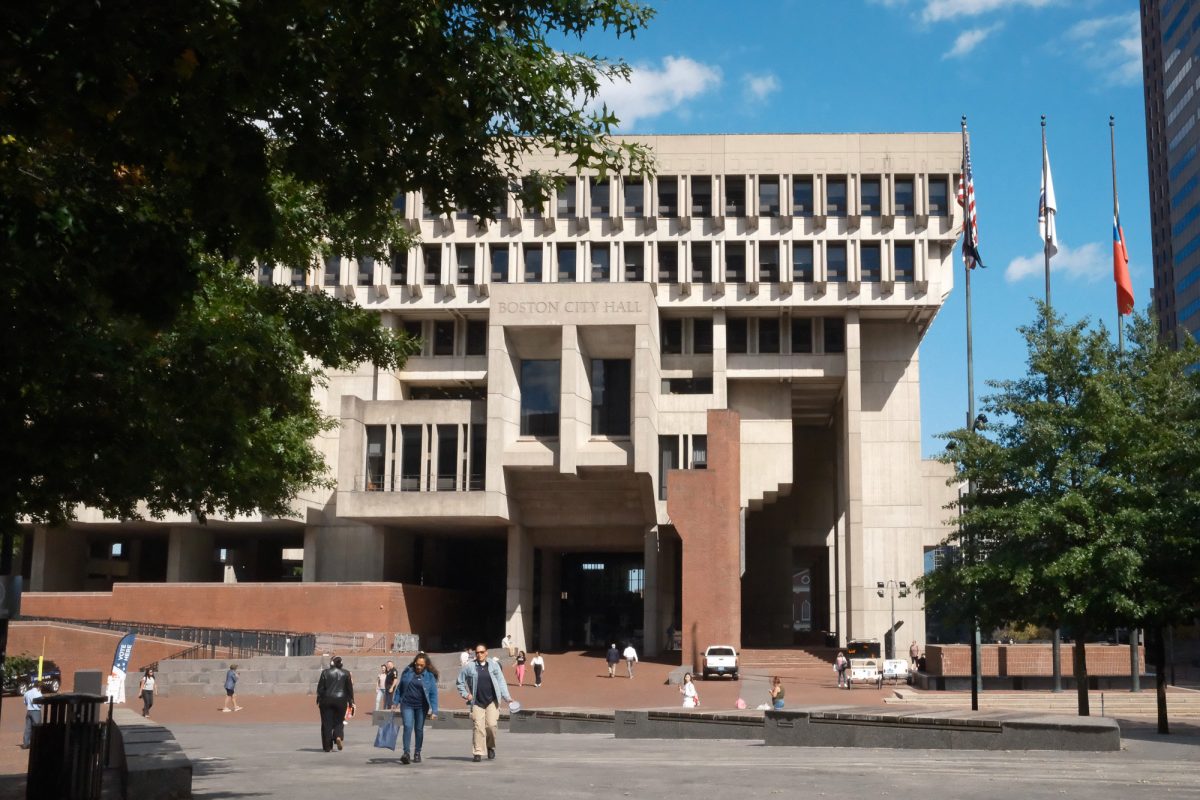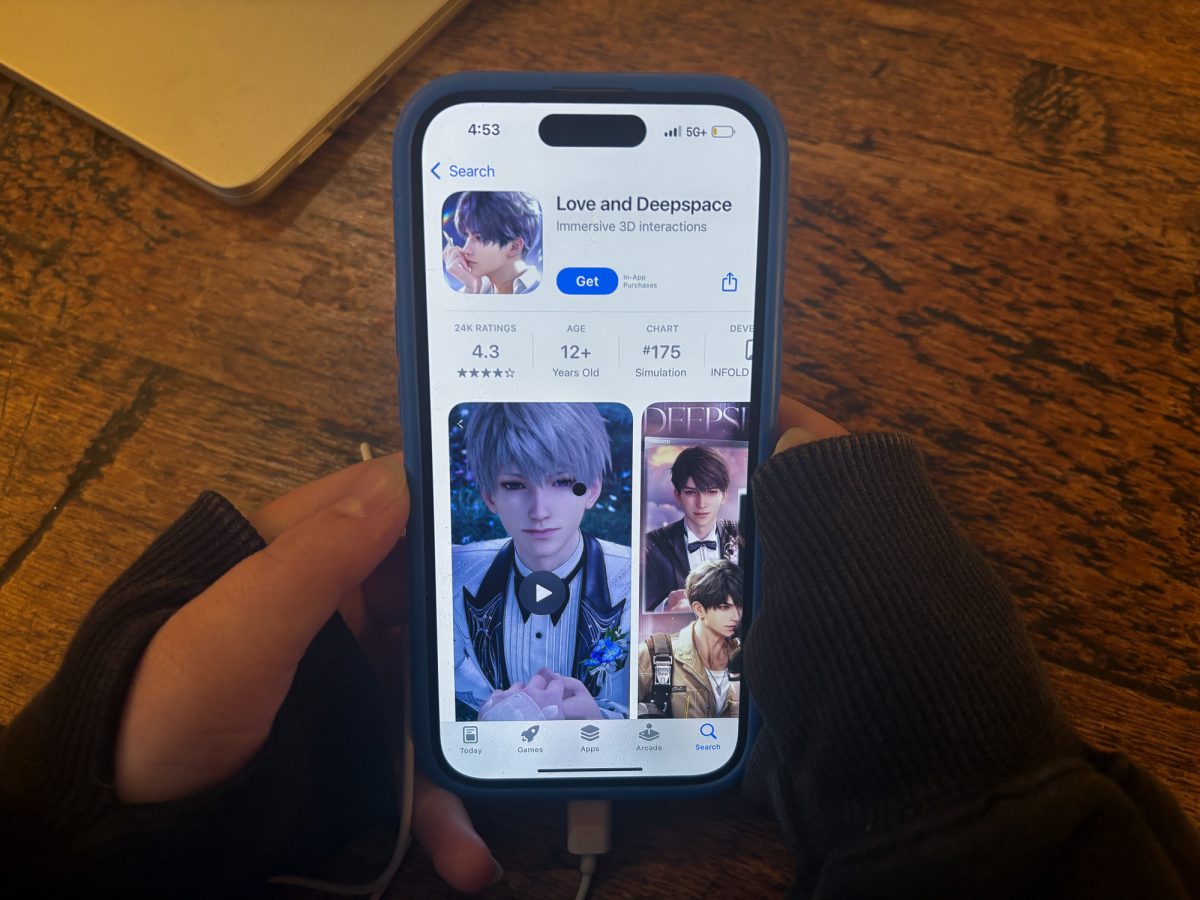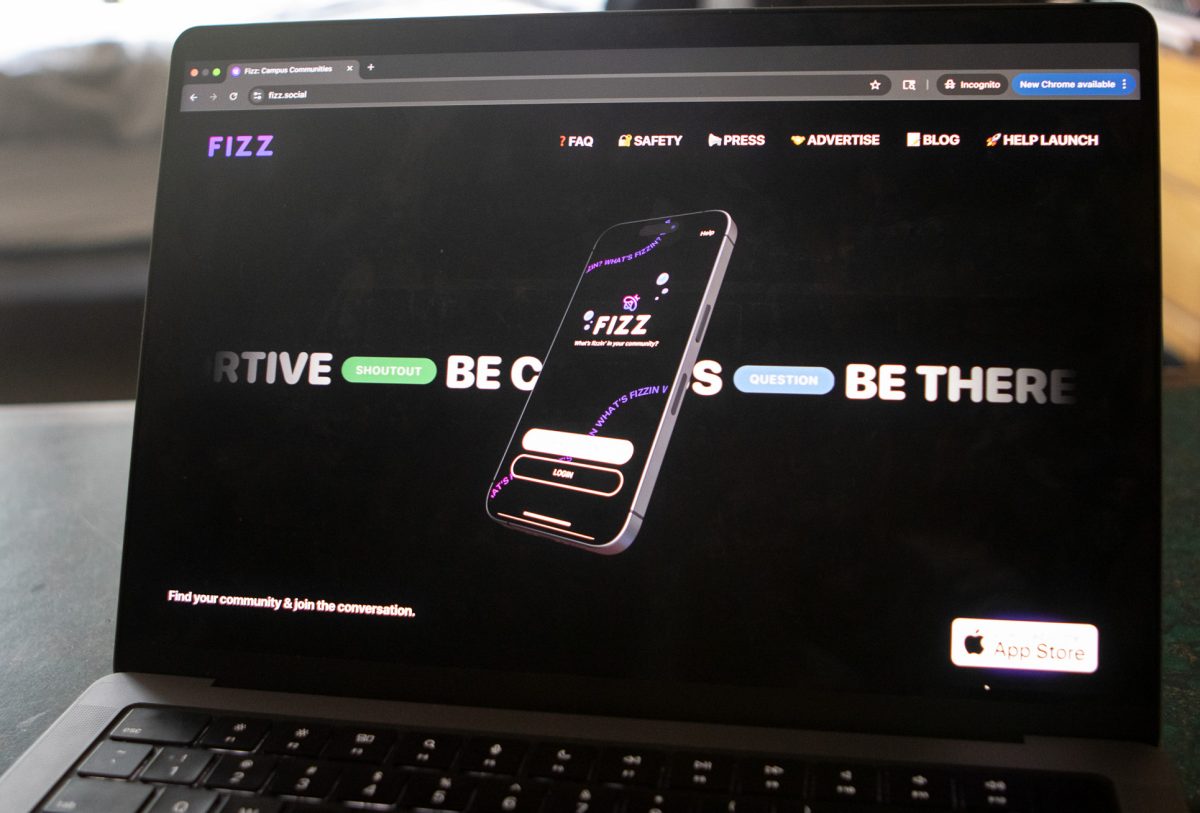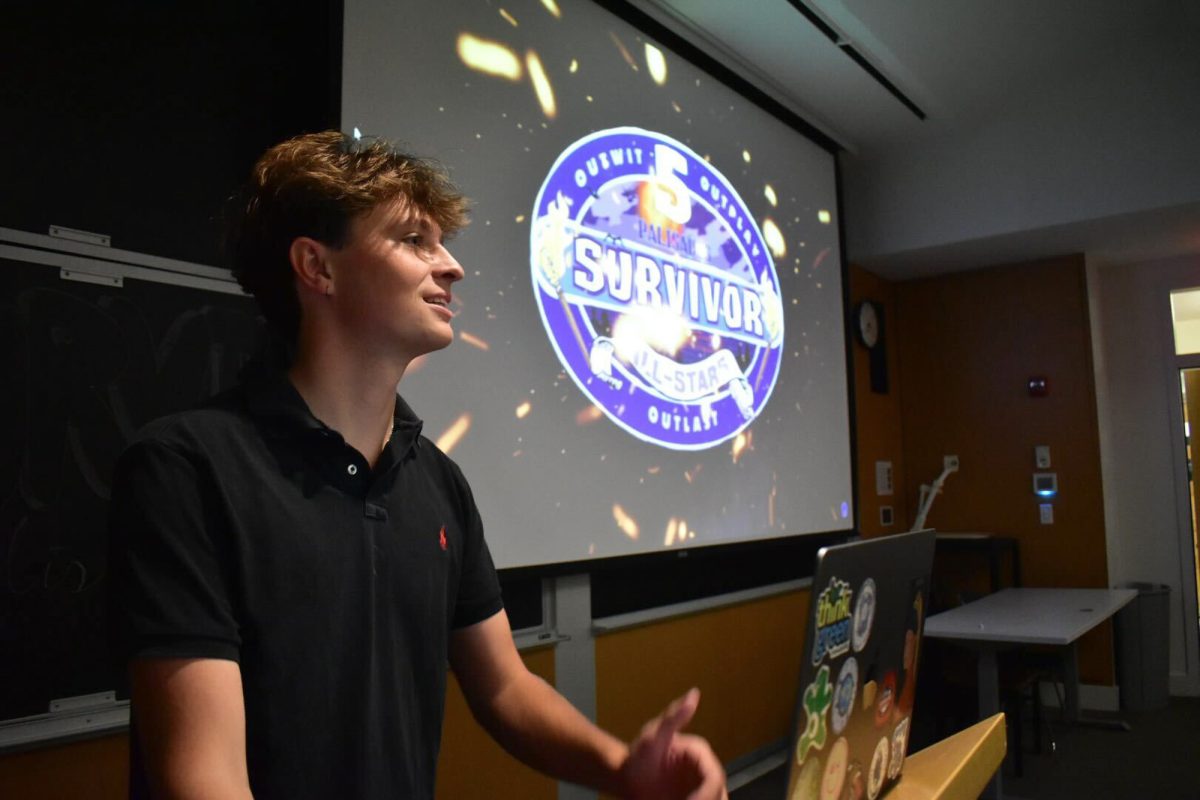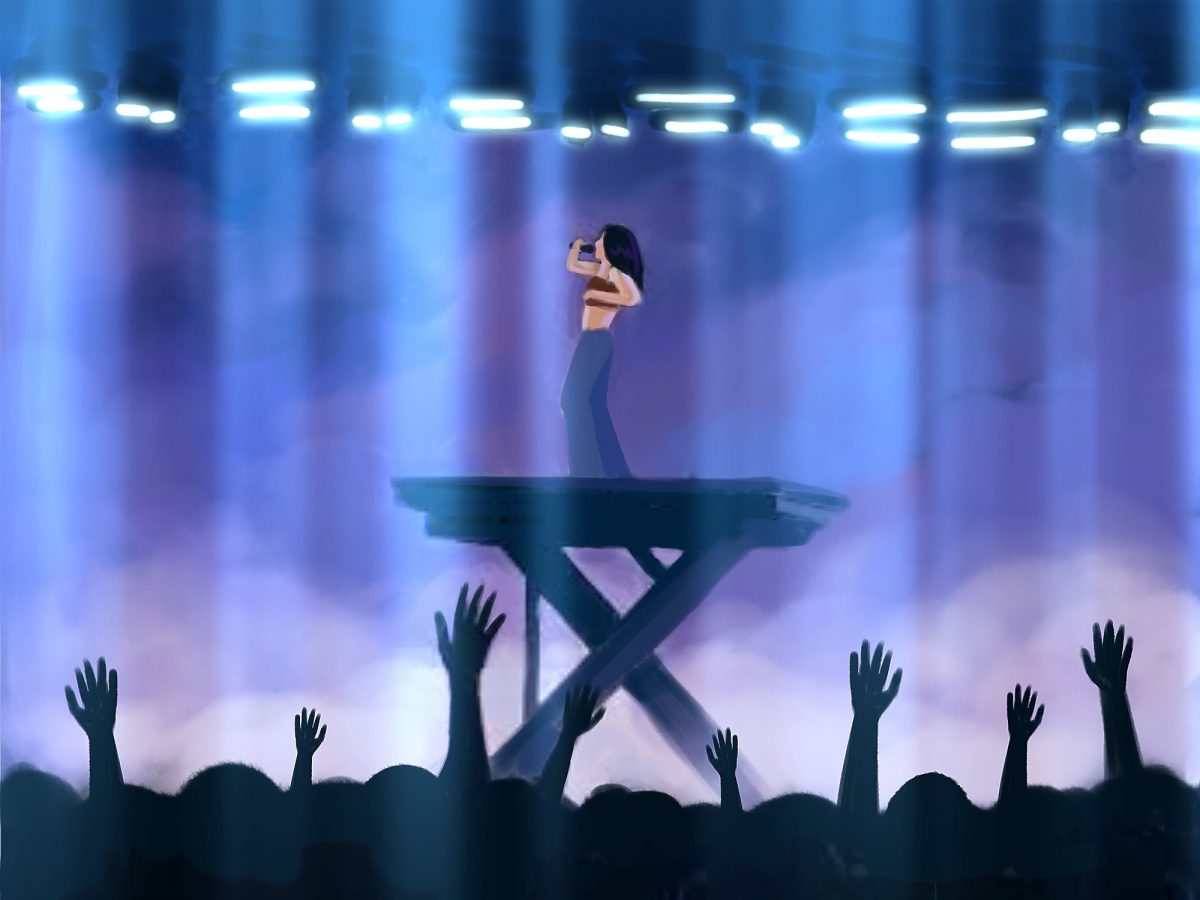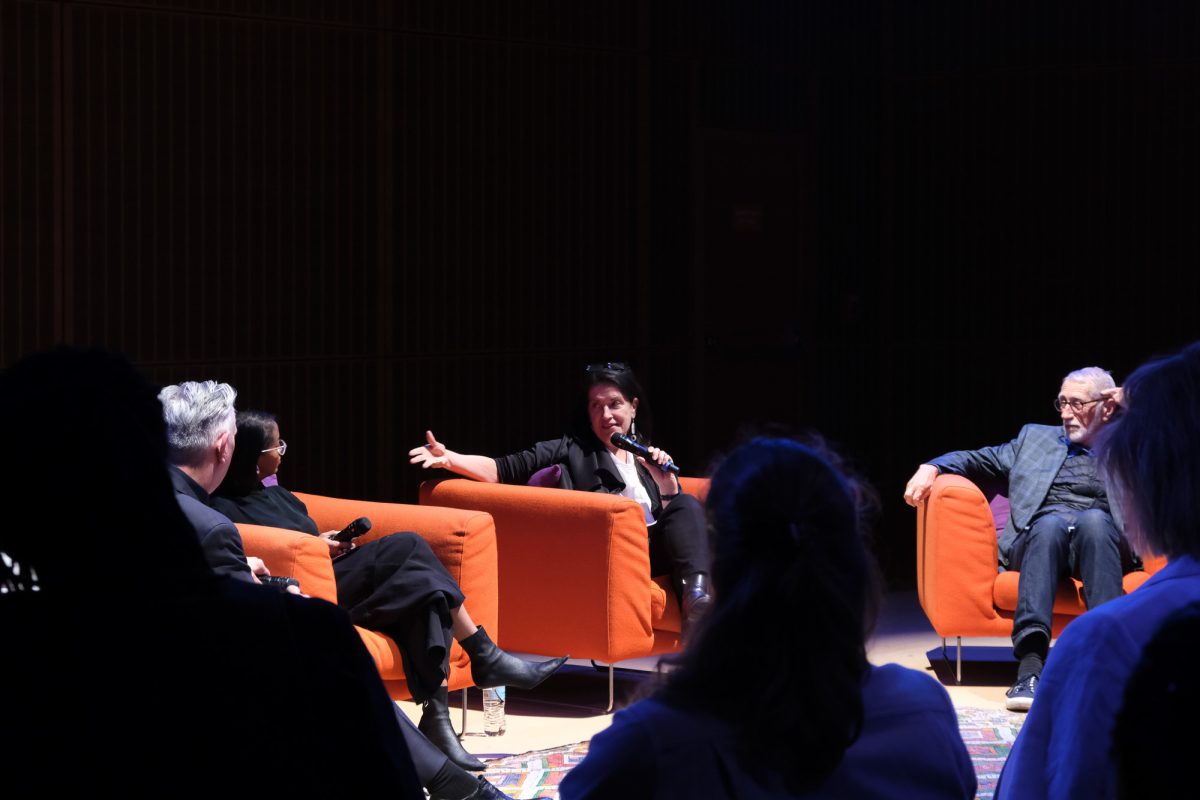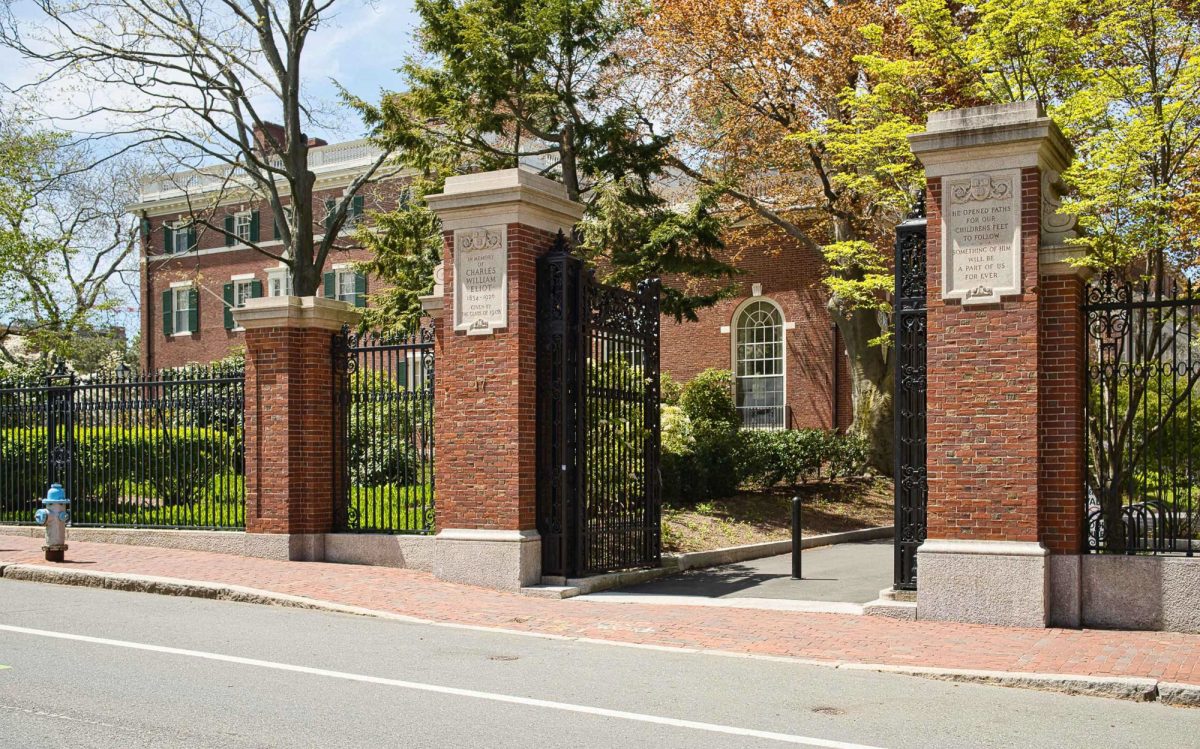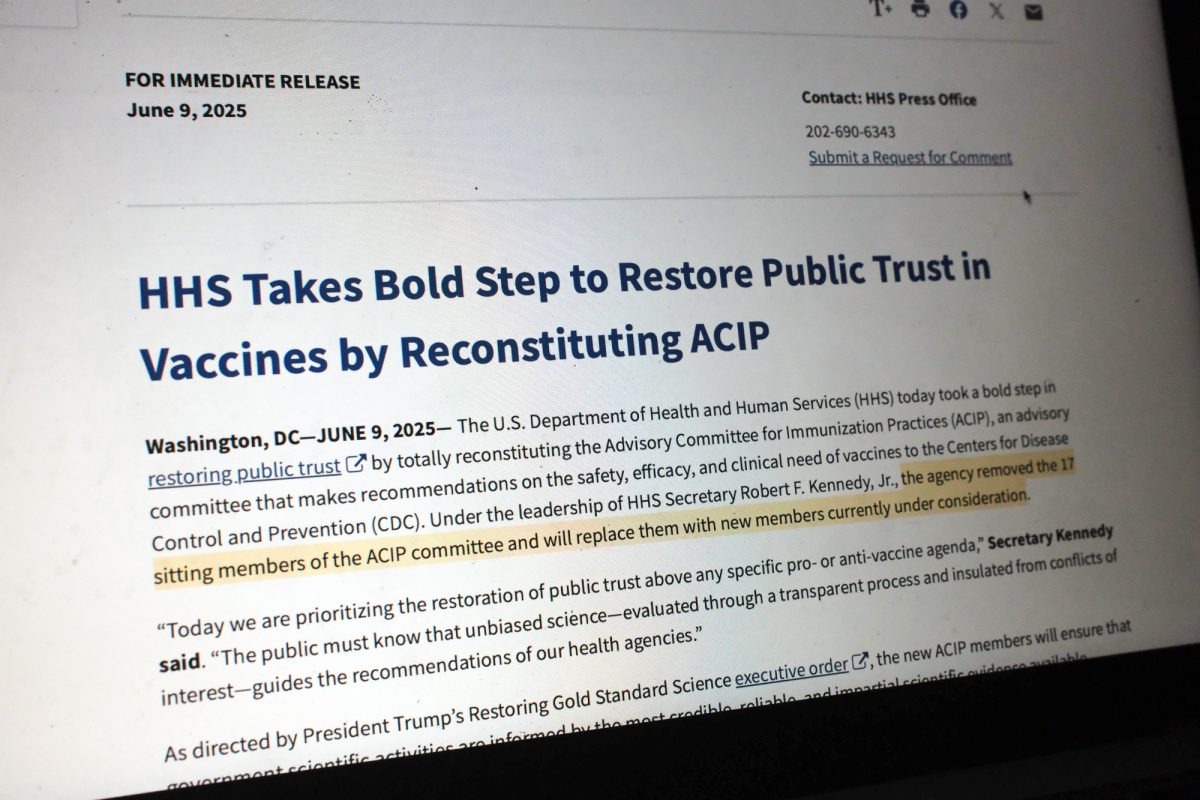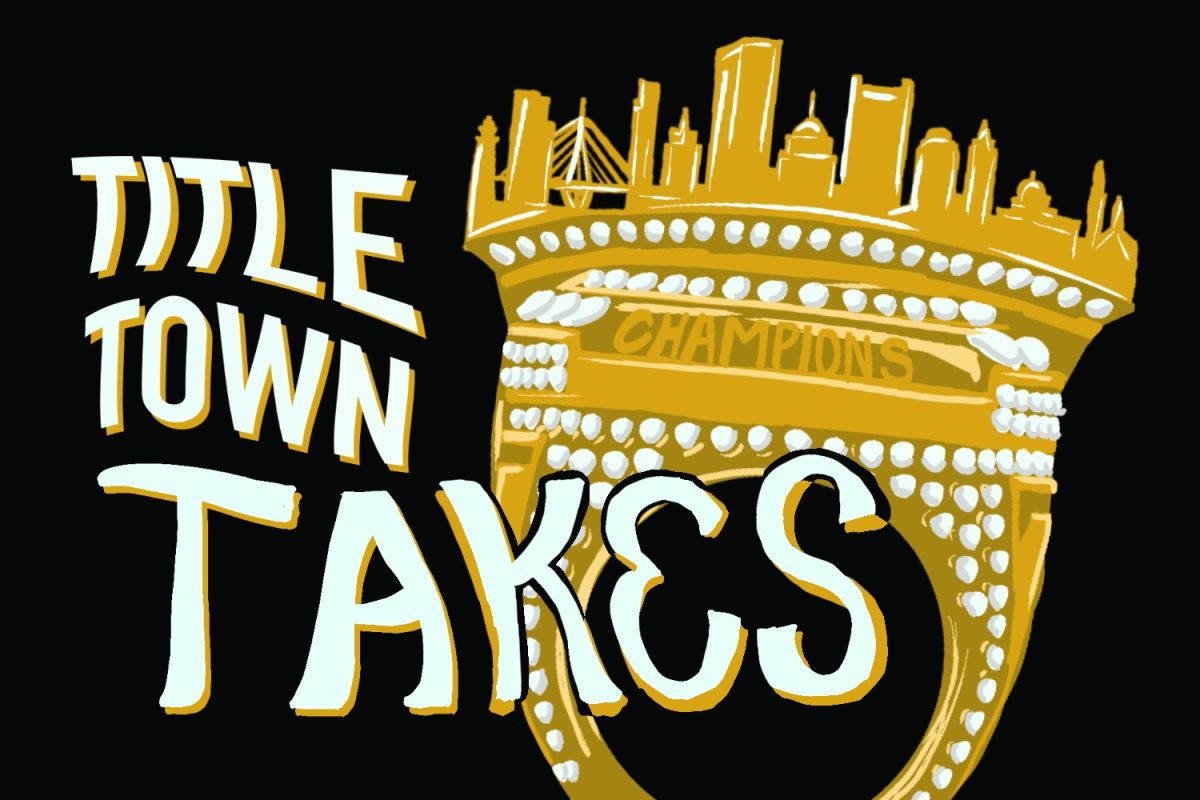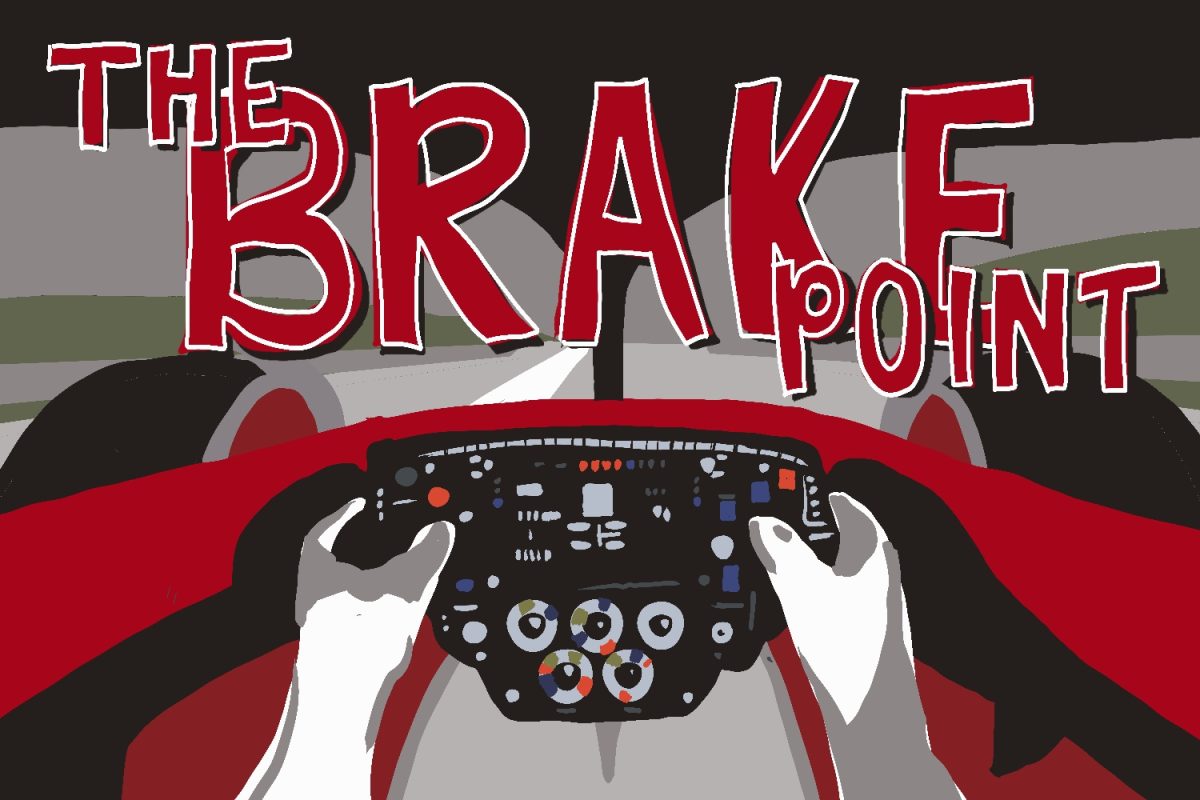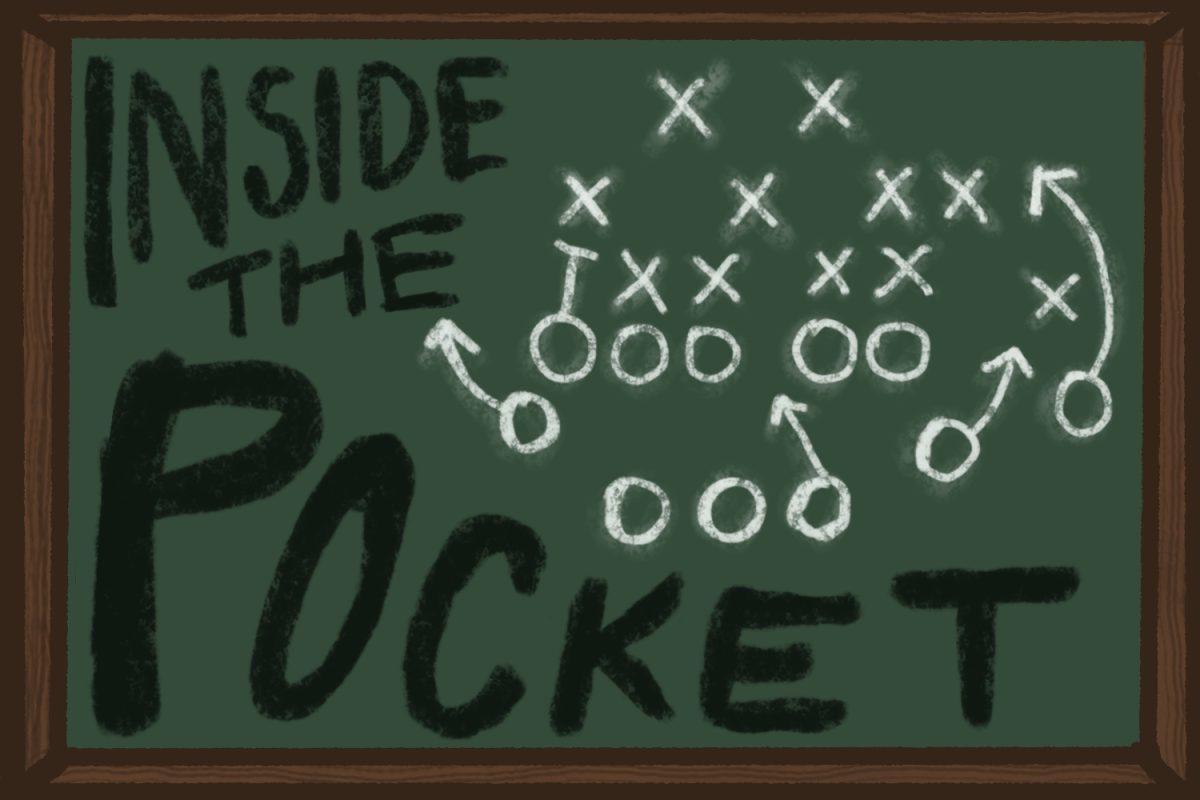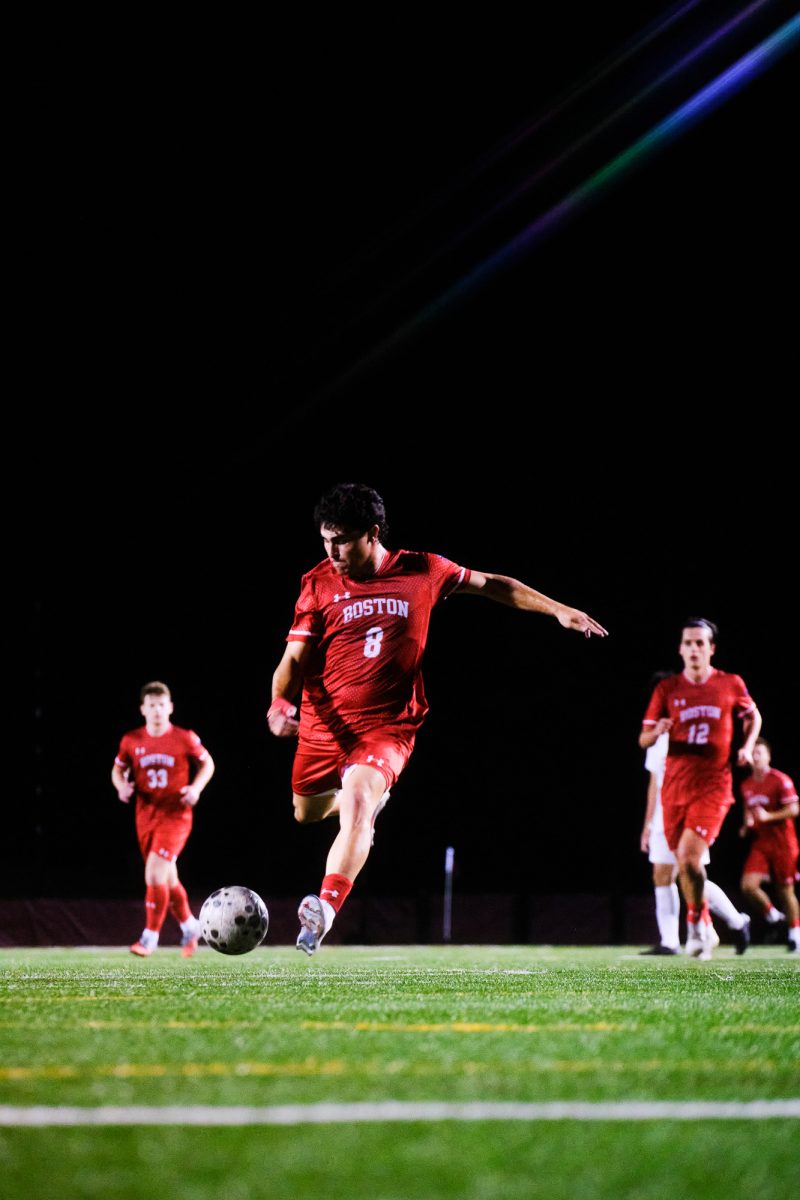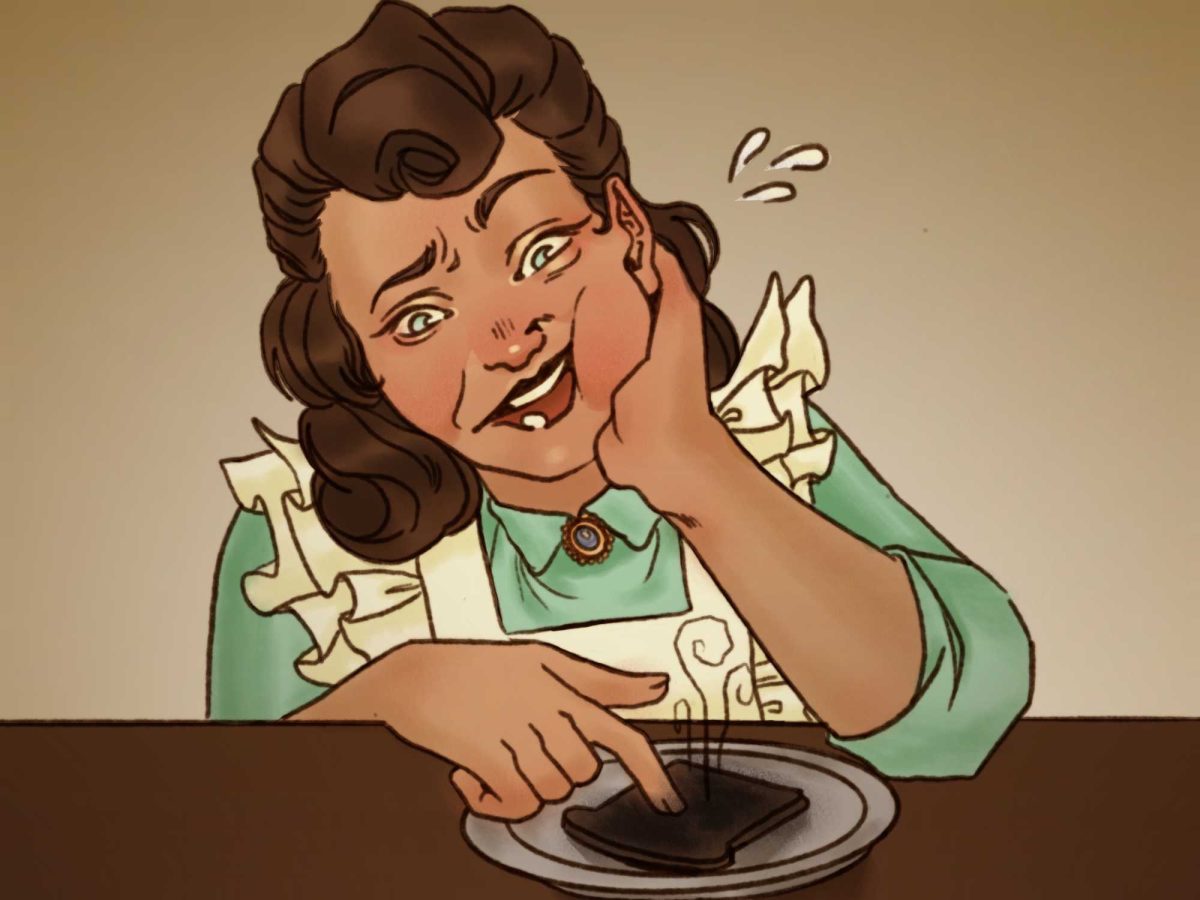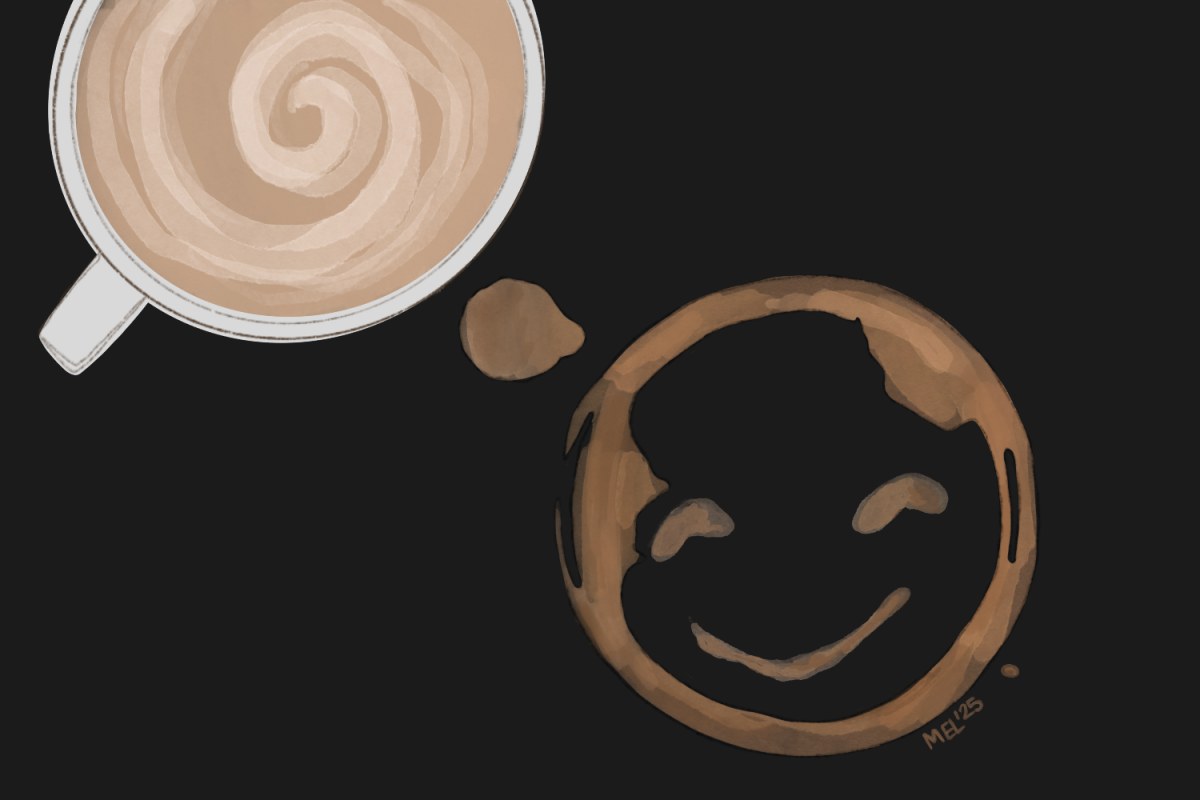The Discovery Channel has brought its new traveling exhibit, “The Lost Spacecraft: Liberty Bell 7 Recovered,” to the Museum of Science so that history buffs, space enthusiasts, schoolchildren and college students can be immersed in a story about high-tech wizardry, lots of luck and America’s efforts during the space race. The exhibit plunges museum-goers into the tale of the second American in space. Virgil “Gus” Grissom was one of the seven astronauts of the Mercury program. Following tradition, he named the capsule that would carry him out of the Earth’s familiar skies: “Liberty Bell 7.” He had a jagged crack painted down the side of the capsule, using a picture of the Liberty Bell on a US coin he happened to have.
After months of training, Grissom blasted off on July 21, 1961, becoming the second American in space. After reaching an orbital height of 180 miles above the earth, he reentered the atmosphere and landed in the Atlantic Ocean only three miles from his target, a rousing success considering that the radar technology of the day could not track the speeding capsule once it went below 11,000 feet. Once the Liberty Bell 7 capsule was in the water, land-based planes, Navy destroyers, the “Hunt Club” helicopter squadron, and an aircraft carrier converged on the landing site to pick up the man and the machine.
The escape hatch on the capsule had been specially prepared for easy escape, but the door was prematurely blown. Grissom escaped, but with the hatch opened, seawater flooded the titanium-covered capsule and pulled it down to the bottom of the ocean.
For decades, the Liberty Bell 7 capsule was lost, until, in the late 1980s, recovery expert Curt Newport began to look into the lost spacecraft and launched an expedition. Using Remotely Operated Vehicles (ROV) with high-definition cameras, Newport and his crew were able to find the capsule at approximately 16,500 feet under the ocean surface.
According to Newport, “This is a new piece of history to educate a new generation.” The exhibit is the sort of hands-on experience that pulls kids away from their parents, and pulls undergrads out of the cynical shells of cool. You can crawl into a mock-up of the capsule to practice the orbital sequence, using actual recordings from the Mercury launches. There are robotically controlled helicopters where aspiring rescue workers can try to steer a helicopter to a model of the capsule, and a navigation station where you can get the hang of orientating a vehicle in the three-dimensional space.
The most noticeable draw at the exhibit is the 2,000 lb. Centrifuge Test Facility, where you can get strapped in for a spin at 30 RPM, an acceleration twice that of gravity. Displays recreate a living room of the 1960s, with furniture, political propaganda materials and magazine covers reflecting the politics of the day. One case shows an actual Mercury space suit, weighing 22 pounds with 13 zippers and a helmet made of leather, fiberglass and Plexiglas.
The exhibit is available for viewing until March 24, 2002. Admission to Museum of Science Exhibit Halls is $11 for adults and $8 for children 3-11 and seniors 65+.

